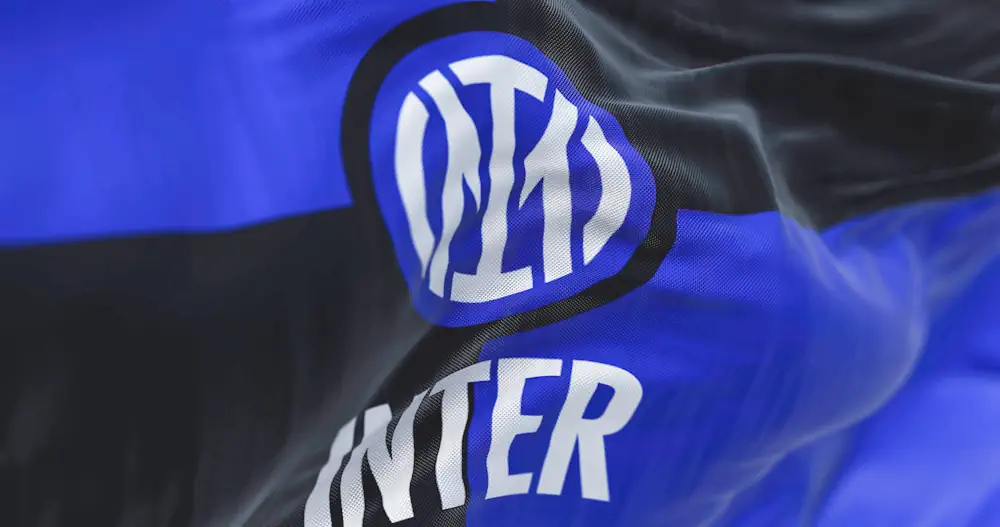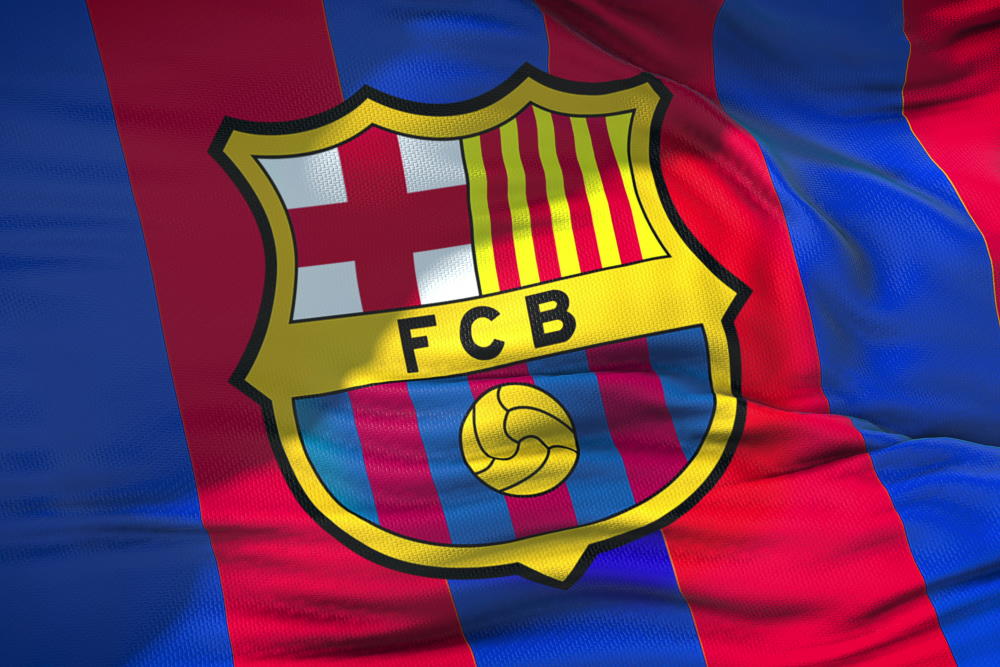Helenio Herrera, one of the greatest
As time goes by, the legacy of the players or managers are somewhat forgotten and certain labels remain that encapsulate and, in a certain way, diminish the significance of the work of those people. Today we will talk about Helenio Herrera, one of the best managers in the history of football and whose legacy, more than 5 decades after his most important achievements, seems to be limited to that of a defensive coach, leaving aside other aspects of his philosophy and forgetting some of its innovations.
Helenio Herrera had his most succesfull years when coaching Inter Milan
Beginnings
The information about Helenio Herrera's youth and playing days is somewhat confusing since some do not completely coincide with what his surroundings or he himself commented on some occasion, so we are only going to mention the confirmed information. Having said this, we can begin by commenting that Helenio Herrera was born in 1910 in Buenos Aires, Argentina, although at the age of 4 he went with his family to Casablanca, Morocco where he could obtain French nationality since the African country was a French colony at that time.In Morocco he would start playing football as a defender, eventually playing professionally with Racing Casablanca for a year before earning a move to CASG Paris. There he would begin his time as a player in France that would see him throughout his career in that country, passing through clubs such as Stade Français, Charleville or Red Star Olympique. He was not a very outstanding player although he did earn a couple of call-ups with the France national team.
The legend is born
He spent his last year as player-manager at Puteaux, making it clear that he would follow coaching as his professional destiny. In 1945, he would begin his career as a full-time manager at Stade Français, a club he defended in two stages as a player. There he would coincide with Larbi Benbarek, a prolific French-Moroccan striker who achieved very good scoring figures with Herrera as coach. Herrera's time at the club lasted three years and it would be a very good time for a club that has played at the regional level for most of its history.Spain next
In 1946, in parallel with his work with the Stade Français, he was part of the staff of the France national team although that lasted only a couple of years as he would leave both positions to go to his parents' land and coach Real Valladolid. His goal was to avoid relegation and he achieved it in such a way that Atletico Madrid signed him just one year later. There he would meet Benbarek again and they would once again make a great combination. In their first two years with the Madrid club, they would win the Spanish league twice and the Eva Duarte Cup in their second year.What usually happens with this type of coaches is that if the results do not follow, they tend to lose the support of the board more quickly than other coaches with a more popularly accepted style of play. Midway through his third season with Atlético, he was fired for being in the middle of the league standings. After brief spells at Málaga and Deportivo La Coruña, Herrera arrived at Sevilla, where he would spend four good years, being the second longest period that he spent continuously at the same club.

Herrera was very succesfull in FC Barcelona, winning 5 titles
Leaving Spain for Portugal and then back for Barcelona
In the 1957-58 season, he would go to Portugal to coach Os Belenenses and in the following season he would sign for FC Barcelona. In Catalonia we would get a club with a strong Hungarian core with Zoltan Czibor, Sandor Kocsis and the Barcelona legend, Laszlo Kubala. The Argentine-born coach won two leagues, two Copa del Rey and one Inter-Cities Fairs Cup in the two years he was at the club. Also on that Barcelona team was Luis Suarez, the only Spanish Ballon d'Or to date, an award he won in Herrera's last year in his first spell in Barcelona (1960).Suarez and Herrera had a good relationship, however neither of them had it with Kubala who was, possibly, the main star in a squad of stars. That bad relationship with the Hungarian, together with institutional problems in Barcelona, led Herrera to change Catalonia for Milan. This is how in 1960, the coach signed for Inter Milan despite having won 5 trophies in 2 years with the Catalan club.
8 years in Italy
In Italy he would begin a successful 8-year period with the Neroazzurri club, which upon arriving already had Mario Corso, a player who was one of Inter's best at that time. Herrera, in his first year in Italy, would sign Armando Picchi, a defender who would be essential for Herrera in his Grande Inter which, at this point, was still under construction. He would also give his professional debut to two youngsters named Sandro Mazzola and Giacinto Facchetti, who would spend their entire careers at the Milanese club.Unlike what happened to other important teams in which he worked, at Inter, the French coach did not need to win trophies to earn his continuity on the bench, which allowed him to mold a team according to what he wanted. In 1961, he took advantage of Luis Suarez's discomfort at Barcelona to take him to Milan and in 1962, he signed Tarcisio Burgnich and Jair, two players with important professional experience who helped Inter win Serie A that season and start a golden era for the club.
At Inter, Herrera won 3 Serie A trophies, two European Cups in a row and two Intercontinental Cups also consecutively, making Grande Inter the best team of the mid-60s. He would coach the Italy national team, Roma, Rimini and he would return to both Barcelona and Inter, before retiring from the bench in 1981, as one of the best coaches in history.
Philosophy and tactics
It is commonly said, erroneously, that Helenio Herrera was the creator of the catenaccio, when the reality is that Nereo Rocco or Giuseppe Viani could keep that honor. He was not the creator of the libero position either, although he did take advantage of both ideas to develop his own philosophy. Herrera used a scheme that today would be represented with a 5-3-2 where one of the defenders had the role of libero, that is, he was free behind the defense to support any of the members of the back four in front of him.Normally, that role was filled by Armando Picchi at Grande Inter. Facchetti and Burgnich were the wing backs while Corso and Jair shared the midfield, mainly responsible for the defensive stage and ball recovery to give freedom to the third midfielder, Luis Suarez, to organize and control the team's attacks. Suarez was in charge of distributing the ball to the wing backs or the strikers, Mazzola and Peiro.
The idea was to play hidden and initiate quick counterattacks that would allow them to take on the disorganized opponent. For Herrera it was essential that the passes were vertical, always seeking to gain space on the field and advance the attacks. More than a defensive team, the coach was looking for a fast team that could be dangerous with each attack.
